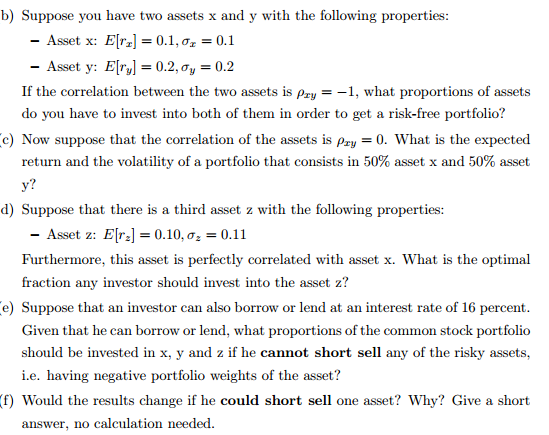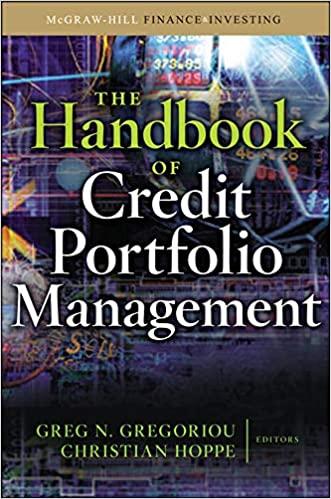Answered step by step
Verified Expert Solution
Question
1 Approved Answer
Suppose you have two assets x and y with the following properties: Asset x: E[r_x] = 0.1, sigma_x = 0.1 Asset y: E[r_y] = 0.2,

Step by Step Solution
There are 3 Steps involved in it
Step: 1

Get Instant Access to Expert-Tailored Solutions
See step-by-step solutions with expert insights and AI powered tools for academic success
Step: 2

Step: 3

Ace Your Homework with AI
Get the answers you need in no time with our AI-driven, step-by-step assistance
Get Started


